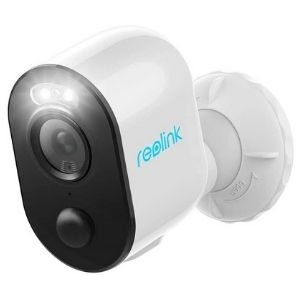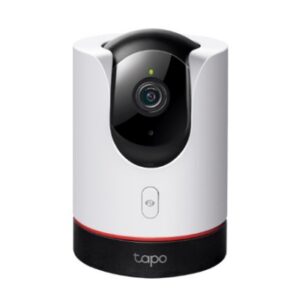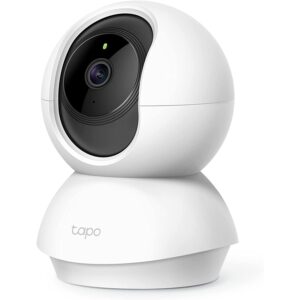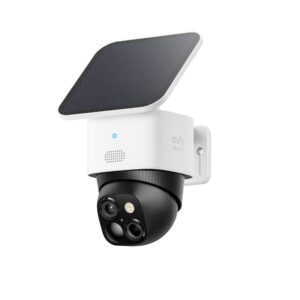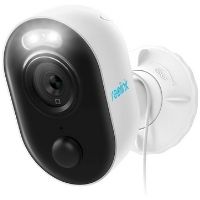There are different rules for organisations and residential security cameras. If you want to know the former, head to the Office of the Australian Information Commissioner (OAIC) website. The OAIC details residential security requirements on the same page, which is presented in terms of people uncomfortable with security cameras pointed at their homes.
In this context, if you have an externally facing security camera or cameras, you may be approached by a neighbour asking about their privacy. If this neighbour is dissatisfied with the outcome of this discussion, they can escalate it by contacting the Attorney-General’s Department of their state or territory.
The OAIC underscores that this is because the Privacy Act doesn’t cover security cameras used in a private capacity but also acknowledges that state and territory laws may apply. For security camera owners, the OAIC advises speaking with local council about any potential local laws that should be considered. Certain councils require planning permission, while people who live in a strata-controlled property should check by-laws or speak with strata about any potential rules that need to be considered.
Generally, consider focusing security cameras on common property for those in strata-controlled homes or angled to capture private property (exclusively or predominantly) for those in houses. Also note that a lot of the state and territory guidance outlined below separates audio recording from visual recording. State and territories differ on whether explicit or implied consent is acceptable for recordings, but even where laws permit recording, that doesn’t cover the legality of sharing audio recordings or footage.
Overall, recording footage without audio may be more acceptable in most states and territories than any footage that contains audio. Refer to the specific state and territory breakdowns below for more information.

